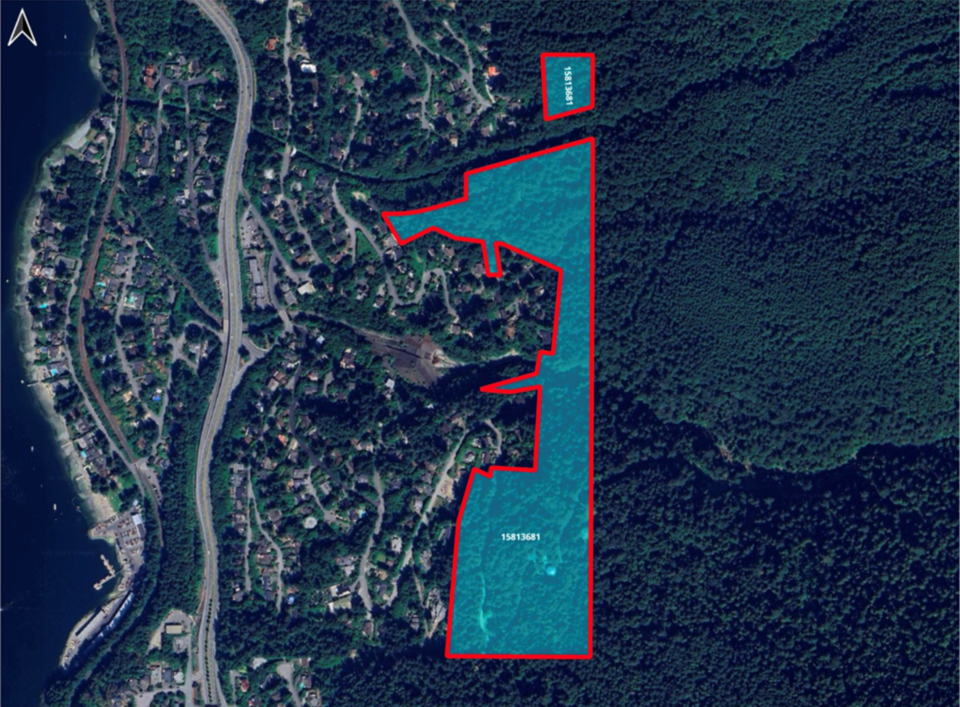The Village of Lions Bay may have already recognized the need for protected lands within their borders, but now Canada as a whole has too.
On Monday, the Village announced that 14.64 hectares of their protected lands are now registered in the Canadian Protected and Conserved Areas Database (CPCAD).
According to the CPCAD website, the database “contains the most up-to-date spatial and attribute data on marine and terrestrial protected areas and other effective area-based conservation measures in Canada.”
Village of Lions Bay councillor Neville Abbott told The Squamish Chief that the land had already been protected by the muni “for decades” but was able to be registered in the database through the national Municipal Protected Areas Program.
“[This] is what the Municipal Protected Areas Program is about—identifying municipal land that is protected, but not yet reported for inclusion in the Canadian Protected and Conserved Areas Database, in order to help meet Canada’s 30x30 commitment to protect 30% of our land by 2030,” he said.
In 2022, the federal government set the goal of conserving 30% of Canada’s land and water by 2030 “because science shows that nature needs our help in order to reverse the decline in biodiversity, better fight climate change, and maintain a strong, sustainable economy.”
The purpose of the CPCAD is to track the country’s progress towards this target.
In a press release sent out on July 14, the Village said the protected natural areas “consist of temperate forest providing vital wildlife habitat.”
“These areas, located on Village-owned lands within the municipal watershed, are situated at the base of the North Shore Mountains,” the release states.
Abbott said he was “very pleased” to be able to support the national goal with land from Lions Bay.
“Respecting nature and the environment have been a core value of our community since it began and this submission strongly reflects who we are and our ongoing commitment to protecting habitat and biodiversity,” he said in the press release.
“This inclusion also supports ongoing local and regional initiatives to preserve sensitive ecosystems and wildlife corridors.”
As of December 2024, in British Columbia, there are 149,876 square kilometres of protected land registered with the CPCAD. The entire size of B.C. is 944,735 square kilometres.
The registered land within the Village of Lions Bay makes up 0.1464 square kilometres.
Nature Canada’s organizing manager Dylan Rawlyk, said the recognition could inspire other municipalities to get some of their protected land registered in the database.
“We’re so excited about the progress that BC Nature has made in getting Lions Bay Village’s conservation areas recognized by the federal government. Nature Canada’s Municipal Protected Areas Program is shining a spotlight on the significant part that municipal governments can play in reaching our national biodiversity goals across the country,” he said.
“Nature and people are learning to co-exist, and municipalities like Lions Bay Village are a great example for other communities to follow.”
For more information on the CPCAD visit the Government of Canada website.



